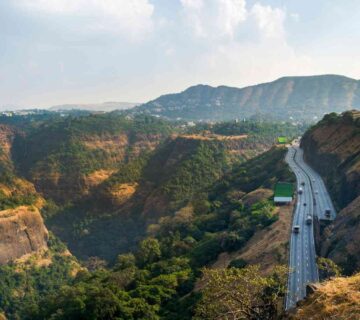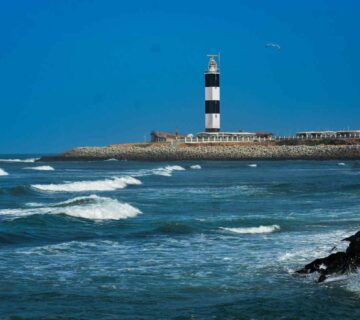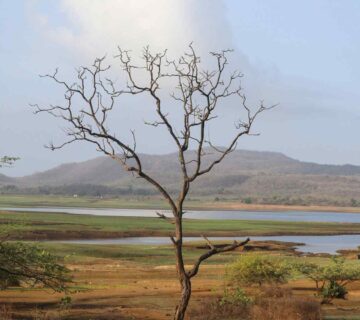KUTCH – The White Desert of India
Kutch, located in the northwestern part of Gujarat, is a land of contrasts — from the shimmering White Rann to vibrant handicrafts, historic forts, and diverse wildlife. Often referred to as the “Land of the White Desert”, Kutch comes alive during the Rann Utsav, a cultural festival that showcases the region’s rich heritage and unmatched landscapes.
Geography and Climate
Kutch is India’s largest district, bordered by the Arabian Sea and the Rann of Kutch. The terrain is diverse, ranging from salt flats and grasslands to hills and beaches.
-
Summers: Hot and dry (March to June)
-
Monsoons: Sparse but rejuvenating (July to September)
-
Winters: Cool and ideal for travel (October to February)
Major Attractions
Great Rann of Kutch: A surreal white salt desert that stretches endlessly. Best experienced during full moon nights in winter. The Rann Utsav offers tents, cultural shows, and local cuisine.
Kala Dungar (Black Hill): The highest point in Kutch, offering panoramic views of the White Rann and the Indo-Pak border area.
Bhuj: The district headquarters and gateway to Kutch. Visit Aina Mahal, Prag Mahal, Kutch Museum, and Hamirsar Lake.
Mandvi Beach: A pristine beach town known for its Vijay Vilas Palace, wooden shipbuilding yards, and camel rides by the sea.
Dholavira: One of the largest and best-preserved sites of the Indus Valley Civilization, now a UNESCO World Heritage Site.
Narayan Sarovar & Koteshwar: Sacred pilgrimage sites near the western tip of Kutch.
Culture and Heritage
Kutch is a melting pot of cultures, known for its tribal communities, each with unique customs, attire, and crafts.
-
Rann Utsav (Nov–Feb): A grand desert festival with folk music, Garba, camel rides, shopping, and tent stays under the stars.
-
Handicrafts: Kutch is famous for bandhani, Ajrakh block printing, mirror embroidery, Rogan art, and leatherwork.
-
Villages like Hodka, Nirona, and Bhujodi are living museums of craftsmanship.
Adventure and Tourism
-
Salt Desert Camping: Luxury tents at Dhordo and Hodka during Rann Utsav
-
Wildlife Tours: At Kutch Desert Wildlife Sanctuary, Narayan Sarovar Sanctuary, and Indian Wild Ass Sanctuary
-
Bird Watching: Flamingos, cranes, and migratory birds flock to the wetlands during winter
-
Cycling and Off-Roading: Popular among adventure seekers exploring desert trails and rural paths
-
Cultural Tours: Interact with artisan communities, see live demonstrations of craft-making
Cuisine
Kutch offers hearty vegetarian dishes rooted in tradition and sustainability. Must-try items include:
-
Bajra no Rotlo with garlic chutney
-
Kadhi-Khichdi
-
Kutchi Dabeli – a famous spicy snack
-
Sev Tameta nu Shaak
-
Gujarati Thali
-
Ghooghra, Thepla, and Fafda for snacks
Economy and Development
Kutch’s economy thrives on salt production, handicrafts, textiles, shipping, and tourism. The Kandla and Mundra ports are major economic hubs. The district has seen rapid development post the 2001 earthquake, with significant focus on eco-tourism and cultural preservation.
Conclusion
Kutch is a magical land where earth meets sky in a sea of salt, where craft meets culture, and where tradition thrives in the desert. Whether you’re seeking surreal landscapes, heritage, or immersive village experiences, Kutch is unlike anywhere else in India.
Quick Facts
-
Currency: Indian Rupee (INR)
-
Language: Gujarati, Kutchi, Hindi, English
-
Best Time to Visit: October to March
-
Nearest Airport: Bhuj Airport
-
Connectivity: Bhuj is well-connected by train and road from Ahmedabad
📅 Tour Duration
4–6 Days
(Customizable options available!)




No comment